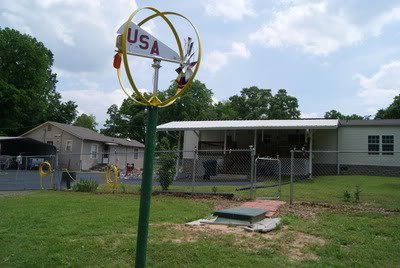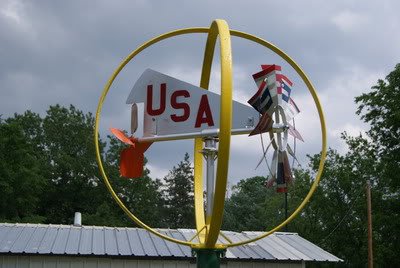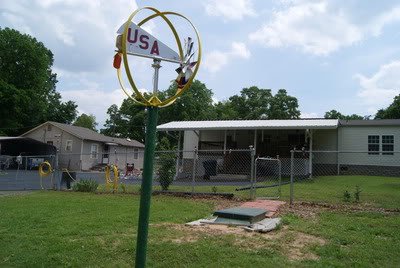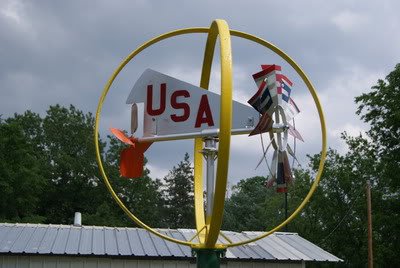-
Welcome back Guest! Did you know you can mentor other members here at H-M? If not, please check out our Relaunch of Hobby Machinist Mentoring Program!
You are using an out of date browser. It may not display this or other websites correctly.
You should upgrade or use an alternative browser.
You should upgrade or use an alternative browser.
Anyone made their own mill parallels and if so, what tolerance is ok?
- Thread starter HMF
- Start date
T
Tom Griffin
Forum Guest
Register Today
Parallels, like any tool or fixture should be a factor of 10X better than the parts you expect to make with them. In other words if you want parts good to ±.003, them your parallels need to be held to ±.0003. If you aren't concerned about height and just want to use them to mill parts in your vise, all that matters is that both parallels are the same height and that can be accomplished by grinding both at the same time, or match grinding them. Because of these tolerances, a decent set of parallels requires the use of a surface grinder unless you want to get into hand lapping, which isn't a whole lot of fun.
Tom
Tom
- Joined
- Sep 22, 2010
- Messages
- 7,223
Parallels, like any tool or fixture should be a factor of 10X better than the parts you expect to make with them. In other words if you want parts good to ±.003, them your parallels need to be held to ±.0003. If you aren't concerned about height and just want to use them to mill parts in your vise, all that matters is that both parallels are the same height and that can be accomplished by grinding both at the same time, or match grinding them. Because of these tolerances, a decent set of parallels requires the use of a surface grinder unless you want to get into hand lapping, which isn't a whole lot of fun.
Tom
So making them yourself by placing a rectangular bar into the milling vise and flycutting it, will not produce satisfactory results unless your milling setup can hold extremely tight tolerances. Not many of us have a surface grinder in our shops. I don't even have room for it.
Nelson
T
Tom Griffin
Forum Guest
Register Today
It depends on what you mean by satisfactory. If ±.010 is acceptable for the parts you are making then you can absolutely make them on the mill. But don't forget, commercial made parallels are also hardened to resist damage through use. If you make them yourself, on the mill, they will be soft and susceptible to dings which further detracts from accuracy. With inexpensive imported parallels readily available it doesn't really make a lot of sense to make them yourself, even if you had heat treat and grinding capability.
Tom
Tom
4
4GSR
Forum Guest
Register Today
My first set of parallels were made of cold rolled flat bar. When they started showing their age and wear and drill/mill dings, I made new one.
Also had several sizes of HSS i used for parallels, too!
Used them for many years before the import stuff started coming around.
Also had several sizes of HSS i used for parallels, too!
Used them for many years before the import stuff started coming around.
- Joined
- Jul 30, 2011
- Messages
- 348
I bought 2 sets of import parallels about 20years ago, I still have them and still use them about everyday, tolerances were within .0002
http://www.ebay.com/itm/1-8-STEEL-P...789?pt=LH_DefaultDomain_0&hash=item4cfeafc5c5
also get yourself 2 or 3 pair of 1-2-3 blocks..
you might also want to get a set of 1/4" thick parallels they are pretty versatile also..
http://www.ebay.com/itm/1-8-STEEL-P...789?pt=LH_DefaultDomain_0&hash=item4cfeafc5c5
also get yourself 2 or 3 pair of 1-2-3 blocks..
you might also want to get a set of 1/4" thick parallels they are pretty versatile also..
- Joined
- Mar 10, 2012
- Messages
- 1,368
- Joined
- Dec 4, 2011
- Messages
- 104
Does This Count:lmao: Wind mill
I started working on this a few weeks ago and got it done and up on 14 April 2012The 41 inch rings are old steel wagon wheels, the large blade turns one way
and the small blade turns the other way, Everything is on Bearings
I put it up where it is so the Wife can see It wile she is doing the dishes,
And She Loves it,




I started working on this a few weeks ago and got it done and up on 14 April 2012The 41 inch rings are old steel wagon wheels, the large blade turns one way
and the small blade turns the other way, Everything is on Bearings
I put it up where it is so the Wife can see It wile she is doing the dishes,
And She Loves it,




An older retire guy gave me a handfull of HSS cutting bits 3-4" long, 1/4" & 3/8" square several years ago. I've been using them as singles, pairs, stacked, and stacked pairs. The tolerances on them seemed very good and for setup on a milling machine they perform quite well, at least on my small home miller. I've never checked for price, I wonder how they compare with purchasing "parallels"?
- Joined
- Nov 8, 2011
- Messages
- 1,678
If you don't have any then anything is better than nothing, Make you a set or two out of whatever material you have laying around. Since their main job is holding stuff up higher in the vice just make sure they are same height & parallel. If they get a ding just mill a few thou off till the dings gone. But as stated before the imports are cheap and work great.

